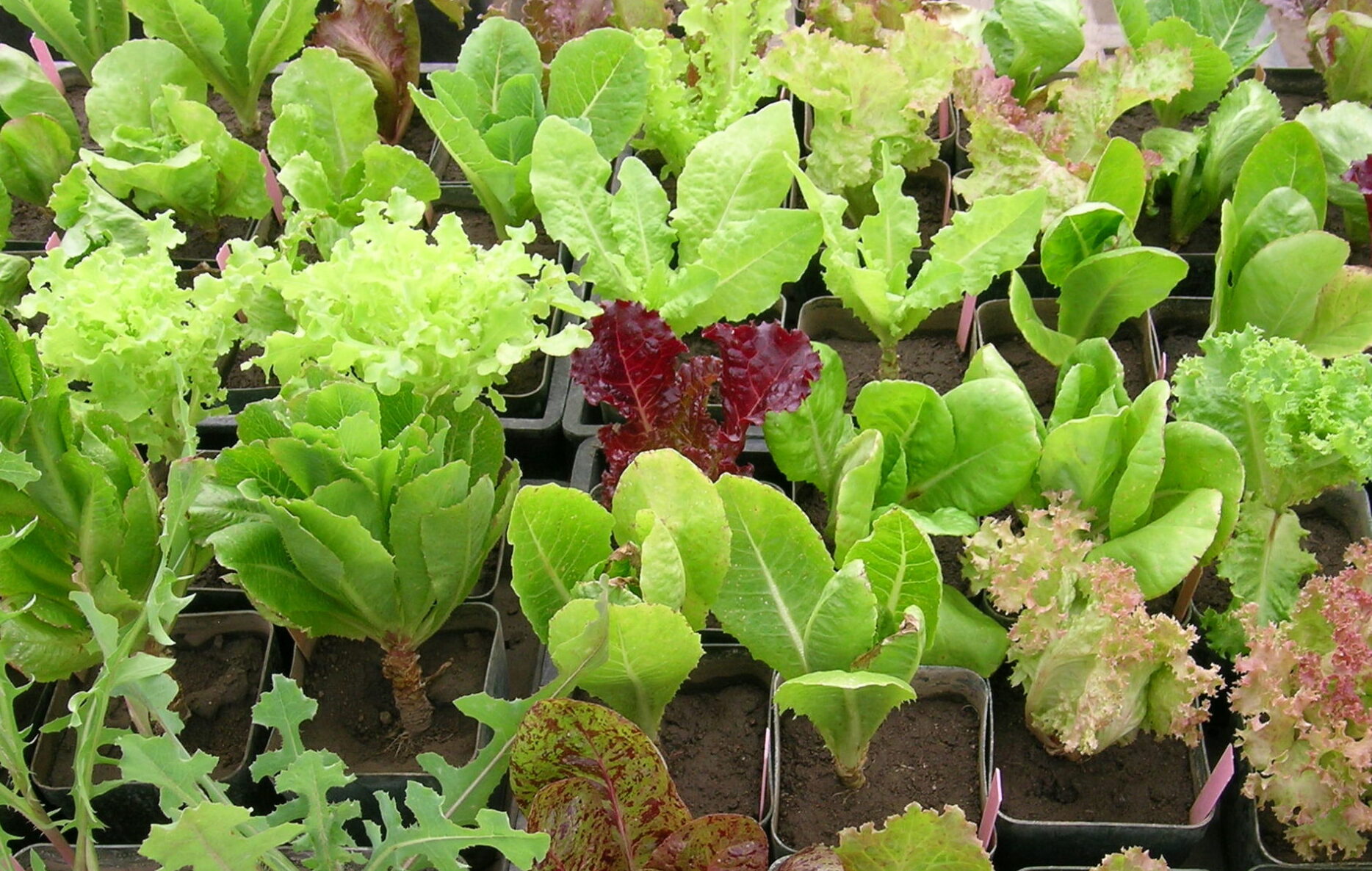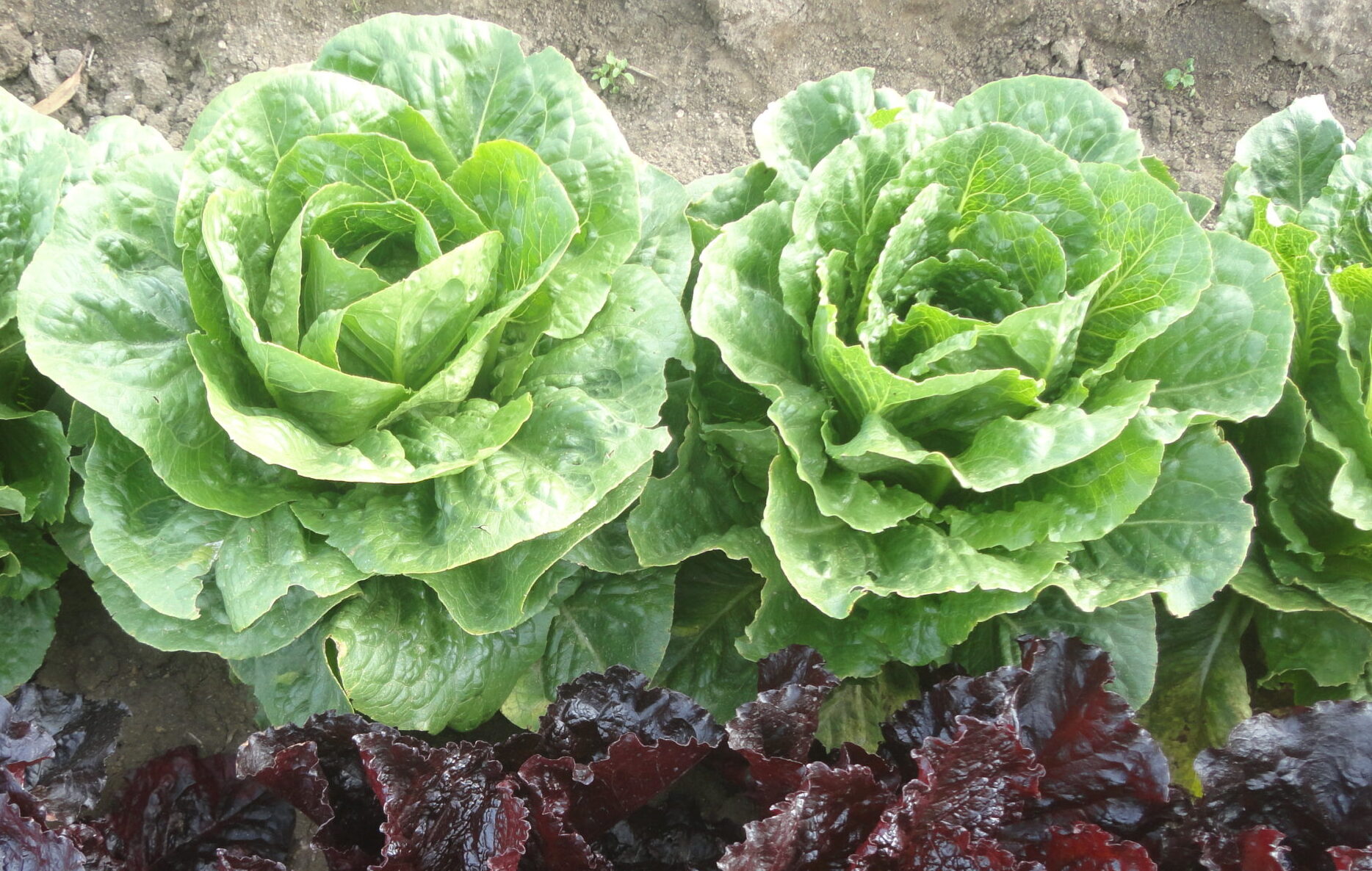Lettuce is the most popular, commercially produced leafy vegetable in the U.S. with an annual farm value over $3.5 billion. Lettuce leaves, which are mainly consumed raw, contain dietary fiber, several important dietary minerals, vitamins, and bioactive compounds that contribute to human nutritional benefits. Lettuce is used to make packaged, fresh‐cut salads, which are popular with consumers because of their convenience. Approximately 90% of lettuce production is concentrated in California and Arizona, where lettuce is produced year-round. The lettuce breeding program at the USDA-ARS Crop Improvement and Protection Research Unit in Salinas, California has been developing outstanding lettuce cultivars for more than 70 years. Current lettuce breeding and genetic programs in Salinas are centered on developing breeding lines with resistance to biotic (pests and diseases) and abiotic (e.g., temperature, drought, salinity) factors, physiological disorders, and improved nutritional and postharvest quality. Basic and applied research methods are utilized to develop molecular marker assays for marker-assisted selection and phenomic tools to enable automated screening of germplasm.
Lettuce






